LED display is a large-screen display device that is common around our lives. In some applications, customers want to achieve better display effects and use curved LED display screens to make various display modes such as inner arc, outer arc, cylindrical, and wavy. This non-planar display method not only enriches the visual experience, but also provides unlimited possibilities for creative display. So, what is a curved LEC display screen like and what are its characteristics?
Generally speaking, curved LED display screens are installed using soft modules, which can be bent arbitrarily, so they can be made into display screens of various shapes. The advantages of curved LED display screens are strong visual impact, adaptability to a variety of complex environments, wide viewing angle, and improved information communication effect; the disadvantages are that the cost will be higher, its design and installation are more complicated, some installation brackets are more difficult to customize, and there are certain requirements for installation site conditions, as follows:

Advantages of curved LED display
- Enhanced visual impact
The design of curved display breaks the limitations of traditional flat screens, making the picture more three-dimensional and vivid, greatly improving the audience’s visual experience and enhancing the effect of information communication.
- Strong adaptability
The curved LED display can be customized with different curvatures according to the installation environment, and can be better integrated into various architectural structures. It is not only beautiful and practical, but also adds brightness to urban landscapes, commercial spaces, exhibitions and other applications.
- Wide viewing angle
Compared with flat screens, curved LED displays can provide a wider viewing angle range in both horizontal and vertical directions, ensuring that viewers can get clear viewing effects in different locations, and are often used in shopping malls, exhibition halls and business halls.

Disadvantages of curved LED display
- High cost
The production cost of soft modules is higher than that of hard modules, and the curved display needs to be customized, so its technical requirements are high. Its manufacturing cost and installation cost are usually higher than those of ordinary flat screens, which poses certain challenges to projects with limited budgets.
- Complex design
For the design of curved curvature, from design to implementation, it is necessary to accurately calculate parameters such as curvature and resolution to ensure that the picture is not distorted, which puts higher requirements on the professional ability of the design team. Therefore, it is necessary to find an LED display factory with a certain scale and rich cases for inspection.
- Difficulty in content production
In order to make full use of the visual effects of the curved screen, content production needs to pay special attention to issues such as deformation correction and viewing angle optimization of the picture, which increases the difficulty and cost of content creation.
- Installation restrictions
Due to the special structure, the installation of curved LED display screens has certain requirements for site conditions, such as load-bearing capacity and spatial layout, which limits its application in certain scenarios.
In general, curved LED display screens have better effects in the field of digital display with their unique visual charm. Despite the challenges in cost, design, content production and installation, with the continuous advancement of technology and the gradual reduction of costs, curved LED displays are being promoted and applied in more fields, bringing more shocking and immersive visual feasts to the audience.

